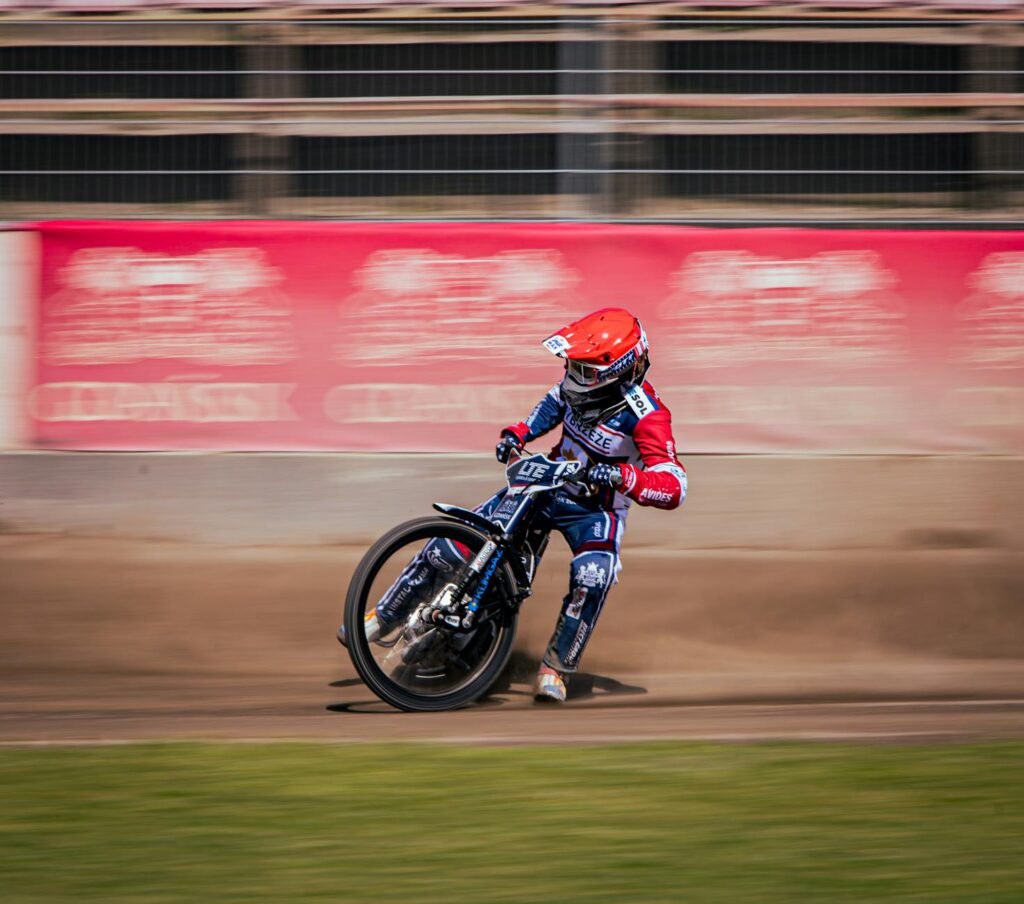Planning a trip to Angkor Wat? One of the first decisions you’ll face is whether to tackle the Small Circuit or the Grand Circuit. Both offer incredible experiences, but cater to different preferences and timeframes. This guide will help you decide which is right for you.
What’s Included in Each Circuit?
The Angkor Small Circuit focuses on the main temples, offering a concentrated dose of Angkor’s magnificence. It typically includes Angkor Wat, Angkor Thom (Bayon, Srei Temple, Baphuon, Phimeanakas, Elephant Terrace, Terrace of the Leper King), and possibly Ta Prohm.  This circuit is perfect for those with limited time or who prefer a more focused experience. The Grand Circuit, on the other hand, expands upon the Small Circuit, adding a wider array of temples and ruins. This includes sites like Banteay Srei, Preah Khan, Neak Pean, and more. It requires significantly more time to explore fully.
This circuit is perfect for those with limited time or who prefer a more focused experience. The Grand Circuit, on the other hand, expands upon the Small Circuit, adding a wider array of temples and ruins. This includes sites like Banteay Srei, Preah Khan, Neak Pean, and more. It requires significantly more time to explore fully.  You can learn more about the specific temples on either circuit to better plan your journey.
You can learn more about the specific temples on either circuit to better plan your journey.
Time Commitment
The Small Circuit can comfortably be completed in a single day, especially if you’re prioritizing Angkor Wat and Angkor Thom. However, allowing a full two days will provide a more leisurely pace, giving you the opportunity to truly soak up the atmosphere and appreciate the intricate details of each temple. The Grand Circuit, however, demands at least two to three full days, perhaps even more if you wish to explore thoroughly and not rush. Consider your available time when making your decision. Check out this helpful itinerary to plan your time effectively.
Fitness and Accessibility
Both circuits involve a fair amount of walking, often under the hot Cambodian sun. The Grand Circuit, due to its greater size and the often more dispersed locations of temples, involves considerably more walking and potentially more strenuous terrain. Wear appropriate footwear and stay hydrated! Read more about the terrain and accessibility of these sites to determine if either will be an issue for you. Consider a tuk-tuk or other form of transportation if you need it; you can easily hire a driver for either circuit.
Cost Considerations
The cost of entering both circuits depends on the type of Angkor Pass you purchase. A one-day pass suffices for the Small Circuit, while a three-day pass is generally recommended for the Grand Circuit to allow sufficient time. Remember to factor in the cost of transportation, food, and potential guide fees. Here’s a link to the official Angkor Pass information to help you make your decision. This will ensure you’re prepared for the cost of entry.
Choosing the Right Circuit for You
Ultimately, the best circuit depends on your interests, time constraints, and fitness level. The Small Circuit provides a fantastic introduction to Angkor’s highlights, while the Grand Circuit offers a more immersive and comprehensive experience. Carefully weigh these factors before making your choice. For a richer understanding, consider hiring a local guide; this article details the benefits of guided tours and how to find reliable ones. [IMAGE_3_HERE]
Conclusion
Whether you opt for the small circuit or the grand circuit, a visit to Angkor Wat is an unforgettable experience. Remember to plan carefully, stay hydrated, and enjoy the incredible beauty of these ancient wonders! [IMAGE_4_HERE]
Frequently Asked Questions
What is the best time of year to visit Angkor Wat? The dry season (November to April) offers the best weather for exploring the temples.
How much does an Angkor Pass cost? The price varies depending on the duration (1, 3, or 7 days). Check the official website for the most up-to-date pricing.
Do I need a guide to visit Angkor Wat? While not mandatory, a guide can significantly enhance your understanding and appreciation of the temples’ history and significance.
Can I rent bicycles to explore the temples? Yes, bicycle rentals are readily available, but be mindful of the distances and the heat.
What should I wear to visit Angkor Wat? Dress respectfully, covering your shoulders and knees. Comfortable, breathable clothing and footwear are essential.